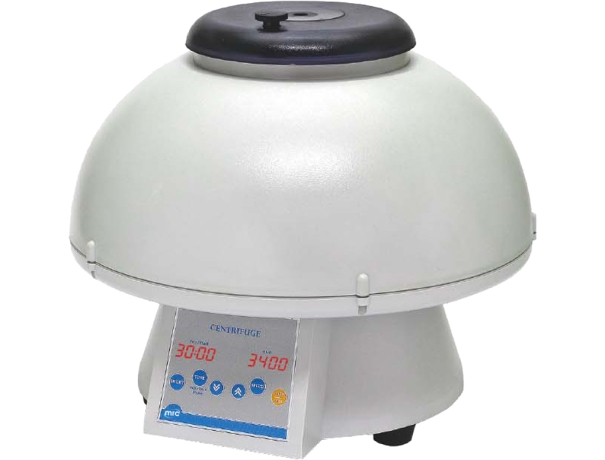Hair loss is a common concern for millions of people worldwide. With advancements in medical technology, new treatments for hair restoration have emerged, one of which is Platelet-Rich Plasma (PRP) therapy. A vital tool in PRP therapy is the PRP centrifuge, which plays a crucial role in preparing the PRP that stimulates hair growth. But what exactly is a PRP centrifuge, and why is it essential for hair restoration treatments? Let’s dive deeper into the science behind this revolutionary treatment.
What is Platelet-Rich Plasma (PRP)?
PRP, or Platelet-Rich Plasma, is a concentrated solution of platelets derived from your own blood. Platelets are rich in growth factors, which are proteins that promote cell regeneration, healing, and tissue repair. When isolated and injected into the scalp, PRP can help revive dormant hair follicles and stimulate new hair growth, making it a popular choice for combating hair loss.
How Does PRP Help in Hair Restoration?
The success of PRP in hair restoration lies in the healing properties of the platelets. Once injected into areas of the scalp with thinning hair, PRP releases growth factors that signal the body to send nutrients to the hair follicles. This process strengthens the follicles, increases blood flow to the scalp, and encourages hair regrowth.
PRP Centrifuges: The Key Component in PRP Preparation
PRP centrifuges are the backbone of the PRP preparation process. After drawing a small amount of blood from the patient, the blood is placed in a PRP centrifuge, which spins the blood at high speeds to separate its components. The goal is to isolate the platelets from other blood cells, such as red and white blood cells, resulting in a plasma rich in growth factors.

Types of PRP Centrifuges
There are two main types of PRP centrifuges used in hair restoration treatments:
Fixed-Angle Centrifuges
Fixed-angle centrifuges hold the blood sample at a fixed angle while spinning. They are efficient at separating components but may require careful handling to ensure proper PRP concentration.
Swing-Bucket Centrifuges
Swing-bucket centrifuges allow the blood sample to swing outward during spinning, providing a more thorough separation. These centrifuges are often preferred for PRP preparation due to their consistent results.
Understanding the Centrifugation Process
The centrifugation process is simple but critical. Here’s how it works:
- Blood is drawn from the patient.
- The blood is placed in a tube and inserted into the centrifuge.
- The centrifuge spins the blood at a set speed (RPM) for a specific time.
- The spinning separates the components, allowing for the extraction of PRP.
- The PRP is then collected and injected into the scalp.
The speed and duration of the centrifugation process are vital for achieving the right concentration of PRP.
Choosing the Right PRP Centrifuge for Hair Restoration
When selecting a PRP centrifuge for hair restoration, there are several factors to consider:
- RPM (Revolutions Per Minute): The centrifuge should be capable of spinning at the right speed to properly separate PRP.
- G-Force: The force applied during spinning is crucial for the correct extraction of platelets.
- Tube Compatibility: Ensure the centrifuge is compatible with the tubes used for PRP preparation.
Advantages of PRP Centrifuges in Hair Restoration
They ensure the precise concentration of platelets, which leads to more effective hair restoration treatments. They also help save time by speeding up the preparation process, ensuring consistent results.
PRP Centrifuges vs. Traditional Hair Loss Treatments
PRP therapy has several advantages over traditional hair loss treatments, such as medications or surgery. It’s a non-invasive procedure that uses your own blood, reducing the risk of allergic reactions or complications. Plus, it has minimal downtime.
PRP Treatment Results: What to Expect
Most patients will see gradual improvements in hair density and thickness after PRP treatments. However, results can vary, and it may take several months to notice significant changes. Regular follow-up treatments may be necessary to maintain the effects.
